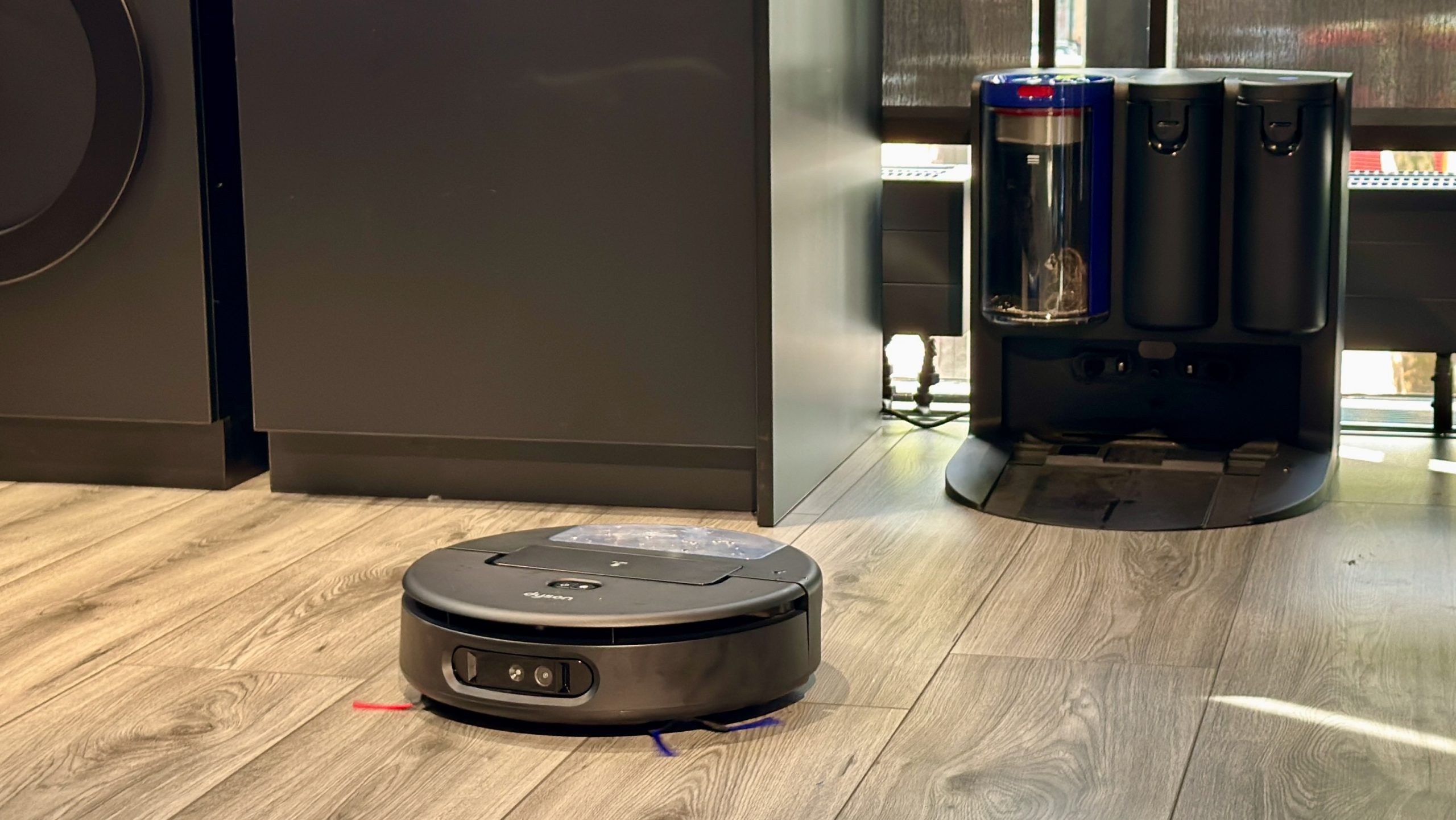Dyson, renowned for its powerful and innovative vacuum cleaners, has ventured into the world of robot vacuum mops with its latest offering, the Spot+Scrub AI. This marks a significant step for the company, representing their first foray into the combined robot vacuum and mop market, and also their first to utilize a multifunctional docking station. Unveiled at IFA Berlin, the Spot+Scrub AI boasts a sleek, round design, advanced lidar navigation, and a self-cleaning roller mop. However, initial impressions suggest that Dyson’s high standards may not have fully translated to this new robotic platform. Expectations were high, especially given the success of Dyson’s traditional vacuums, but initial hands-on experiences have left some feeling underwhelmed. Let’s delve into a closer examination of this ambitious new product.
The All-in-One Approach: Vacuuming and Mopping Combined
The Spot+Scrub AI attempts to solve the common household chore of cleaning floors with a dual approach. It combines vacuuming and mopping functionalities into a single unit, aiming to provide a more comprehensive clean in one go. The self-cleaning roller mop system is a notable feature, promising reduced maintenance and improved hygiene. This eliminates the need for constant rinsing and wringing, which is a clear improvement over some competitor models. However, the effectiveness of this system and its longevity remain to be seen with more extensive testing.
Advanced Navigation and AI Features
Dyson has equipped the Spot+Scrub AI with lidar navigation technology, a common feature in high-end robot vacuums that provides detailed mapping and efficient cleaning. The “AI” moniker suggests intelligent obstacle avoidance and route optimization, although the practical effectiveness of these AI features needs further evaluation. Initial reviews have indicated potential room for improvement in navigation, particularly in complex or cluttered environments. While the mapping is potentially robust, its execution in real-world conditions requires further testing.
The Multifunctional Dock: A Step Forward?
One of the key innovations with the Spot+Scrub AI is its multifunctional dock. This dock is designed not just to recharge the robot but also to facilitate the self-cleaning process for the mop. This is a significant improvement over robot vacuums that require manual cleaning of the mop head after each use. However, the long-term durability and efficiency of this system, and whether it effectively cleans the mop thoroughly enough, are crucial considerations.
Design and Build Quality: Meeting Dyson Standards?
Dyson is known for its premium build quality and sleek designs. The Spot+Scrub AI is no exception, boasting a stylish, compact design. However, initial reviews raise some questions regarding the long-term durability of certain components, and whether it lives up to the high standards usually associated with Dyson products. A more in-depth evaluation of the build quality, particularly its resistance to wear and tear, is necessary to form a complete assessment.
Conclusion: Potential, But Needs Refinement
The Dyson Spot+Scrub AI represents a bold step for the company into the robot vacuum and mop market. The innovative multifunctional dock and self-cleaning mop system are promising features, and the lidar navigation suggests potential for efficient cleaning. However, early impressions suggest the AI functionality and navigation could benefit from refinement. The ultimate success of the Spot+Scrub AI will depend on its ability to deliver on the promise of a seamless, efficient, and thorough cleaning experience, consistently matching or exceeding the high standards established by Dyson’s other products. Further testing and user feedback will be crucial in determining whether this robot vacuum mop lives up to its potential.

